#ancient bulgaria
Text
This is really amazing. I mean, Egypt didn't have horses until the Second Intermediate Period when the Hyksos brought them in.
38 notes
·
View notes
Text
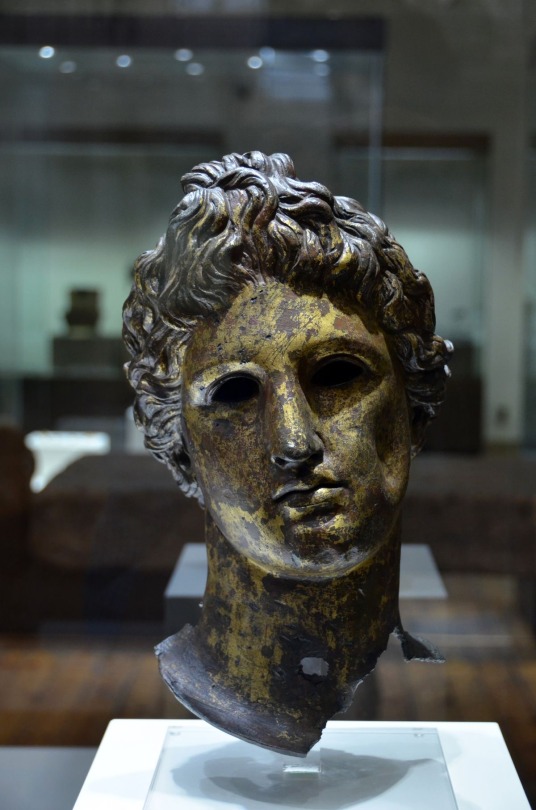
Roman period Head of Apollo
#apollo#ancient rome#art#gods#roman#roman mythology#religion#history#europe#european#thrace#thracian#serdica#serdika#sofia#bulgaria#archaeology#bulgarian#museum#olympian#deity#deities#greek mythology#mythology#olympians
3K notes
·
View notes
Text
Първи сме броили дните в Европа. Уникален античен календар, изработен върху овнешка глава, показва не само месеците, но и космическите цикли. С дупки върху него са отбелязани лунните, слънчевите и драконичните години. Находката е единствена по рода си и се пази в историческия музей в Перник.
През далечната1962 година е уникатът е намерен при градежа на водопровод в пернишкото село Боснек .
Той е изработен от глина и от 19 века отброява слънчевите и лунните години
Поредното уникално откритие в България! Това е древния календар, който е изработен от глина във формата на овнешка глава, и който вече от 19 века точно отброява смяната на месеци, години и космически цикли.
Върху този своеобразен календар има дупки, които отчитат лунните и слънчевите периоди.
Тази уникална находка е единствената по своя род в Европа. По проучване на някои историци, този глинен „часовник” е изработен от древните агриани – племе, населявало земите около река Струма. Други учени залагат произхода на календара да е дело на келтите.
Находката представлява глинена глава на овен с размери – дължина от 19 см и ширина от 13 см.
И въпреки, че не е твърде голяма по големина, тя съдържа цялата необходима информация за отброяване на периодите.
Уникалният календар е единственият, който е направен като глава на животно, и представлява лунно-слънчев античен календар от паратегматичен тип, каквито са били римските календари, разказва Николай Сивков – музеен експерт, който изучава ценната находка.
ВЕРОЯТНАТА ВЪЗРАСТ НА КАЛЕНДАРА Е ОТ ІІ – ІV ВЕК.
По цялото протежение на фигурата има врязани дупчици, знаци и резки, които помагат за броенето на дните в месеците – 28,29,30 или 31 дни. Те са сходни като метод за отчитане със старите римски календари от VІІІ-VІІ век пр.Хр.

#бг пост#бг#бг тъмблр#бг надпис#бг календар#българско#българска история#български блог#бг блог#български пост#Български Артефакти#История на България#Древна археология#древна история#bg#Bulgaria#Ancient History#ancient civilizations#Ancient Bulgaria#bulgarian art#bulgarian#antiques#artefacts#ancient artifacts#ancient art#ancient history#ancient world
0 notes
Text

Here is a painting I made a few years ago + some edits.
This is a female warrior from the medieval Volga Bulgar era; Steppe warriors from the east who settled in Central Europe.
Hope you like it!
Best,
JCH
#dungeons and dragons#board games#concept art#fantasy art#tabletop games#digital painting#magic the gathering#character design#ancient history#armor#medieval#cuman#bulgar#bulgaria#mongol#turkic
392 notes
·
View notes
Text

1,700-Year-Old Roman Tombs Discovered in Bulgaria
A farmer in Bulgaria accidentally discovered two graves of a wealthy Roman-era family, but they appear to tell "a sad family story."
Two large graves discovered in northern Bulgaria likely tell "a sad family story" about wealthy Roman landowners whose child predeceased them in the third century A.D., archaeologists say.
In December 2023, a farmer unexpectedly found the graves while plowing his field in the village of Nova Varbovka. Because this region was a Roman province called Moesia in antiquity, archaeologists from the Veliko Tarnovo Regional Museum of History came to excavate the graves.
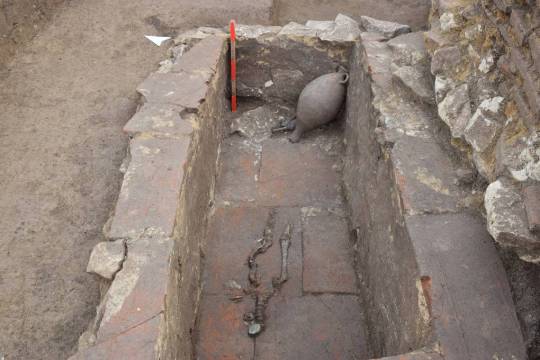
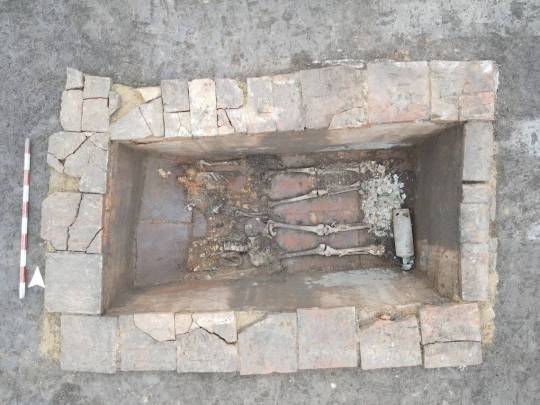
Both graves were built of brick, with plaster lining the walls and a large slab of limestone covering them. The larger of the two was roughly 10 feet (3 meters) long and contained the remains of two adults — a man and a woman who were both around 45 to 60 years old at death — buried with jewelry, coins, and ceramic and glass vessels.
The smaller grave, made somewhat earlier, contained the skeleton of a 2- to 3-year-old child and a rare bronze medallion depicting the Roman emperor Caracalla's (ruled A.D. 198 to 217) visit in A.D. 214 to Pergamon (also spelled Pergamum) in Asia Minor (modern-day Turkey), where he sought out the temple to Asclepius, the god of healing. Collectively, the two graves may represent a family's final resting place.
Some of the limestone from the graves appears to have come from a quarry near Nicopolis ad Istrum, a Roman and early Byzantine town founded by the emperor Trajan in the early second century. "This peculiarity and other indications make me think that the deceased are somehow related to the territory of Nicopolis ad Istrum," Kalin Chakarov, an archaeologist at the Veliko Tarnovo Regional History Museum, said in an email.

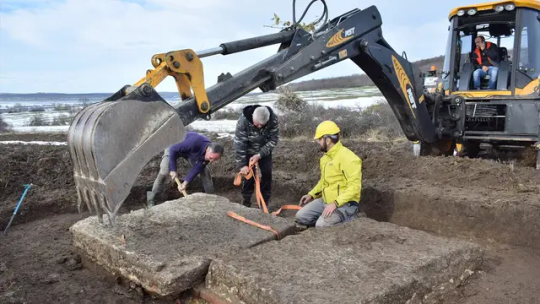

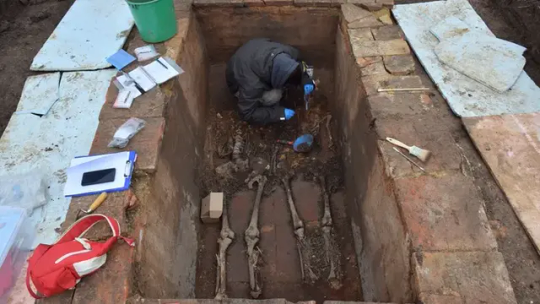
Chakarov, who excavated the burials along with colleagues Nedko Elenski and Mihaela Tomanova, noted that the Caracalla medallion could point to an Asia Minor origin for the occupants of the graves, which would be consistent with the fact that Nicopolis ad Istrum was built mainly by settlers from Asia Minor. "Of course, we are searching for an opportunity to make DNA and other analyses which our museum can't afford, to see if this hypothesis is correct," Chakarov said.
"The discovery of such tombs in the territory of Bulgaria is not a surprise, since the climate and soils are very good for growing agricultural crops," Ivan Tsarov, director of the Veliko Tarnovo Regional History Museum, said in an email. "Probably the tombs are of rich landowners," Tsarov said, since "it was the practice in Moesia Inferior for landowners to live in the warmer months of the year and be buried on their estates."
The artifacts discovered during the excavation are still being processed in the museum laboratory, where they are undergoing conservation and restoration, according to Tsarov. These include objects used during the deceased's lifetime, as well as those that would accompany them into the afterlife. In addition to jewelry made of glass beads and gold, there were six coins that dated to between A.D. 200 and 225, as well as a lamp, a leather shoe and several glass bottles, three of which were "lacrimaria," small flasks for collecting the tears of mourners.
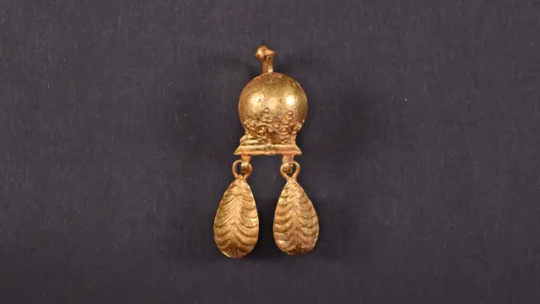
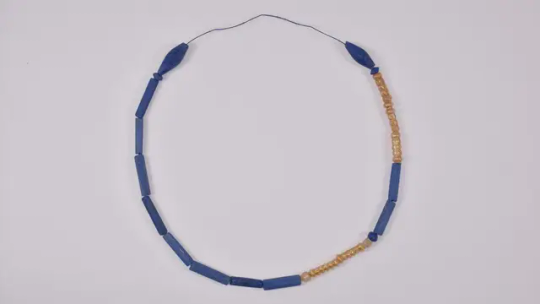
"I think that it is a sad family story from the first half of the 3rd century," Chakarov said. "A dead infant, buried by their parents, who had their last resting place on the same spot where they buried their child."
Chakarov plans to conduct work in the area to try to find where these people lived, which he thinks was likely close to this newly discovered cemetery.
By Kristina Killgrove.
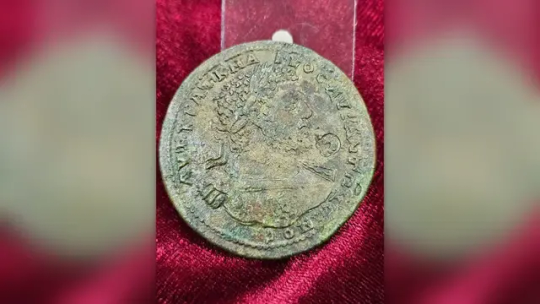
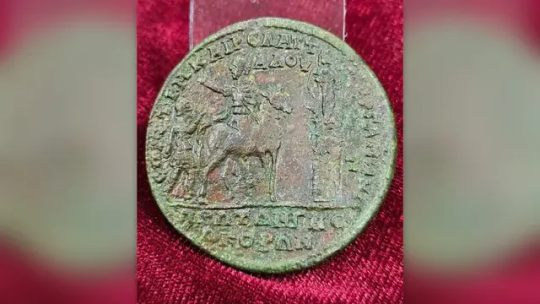
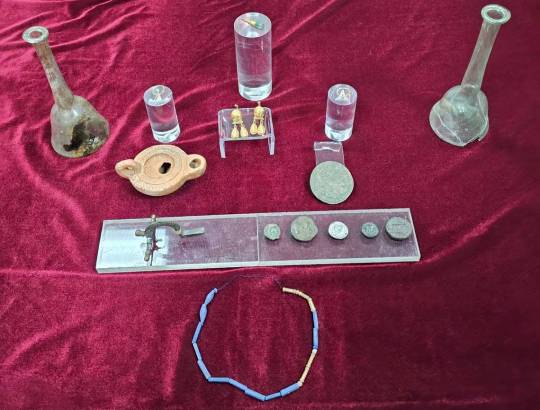
#1700-Year-Old Roman Tombs Discovered in Bulgaria#village of Nova Varbovka#Moesia#Emperor Caracalla#ancient grave#ancient tomb#ancient artifacts#archeology#archeolgst#history#history news#ancient history#ancient culture#ancient civilizations#roman history#roman empire
53 notes
·
View notes
Text
In the 1970s, archaeologists in Bulgaria stumbled upon a vast Copper Age necropolis from the 5th millennium BC containing the oldest golden artifacts ever discovered near the modern-day city of Varna.
23 notes
·
View notes
Text
Arnold Mostowicz - We from Space (Bulgaria, 1989)
artist: Borislav Zhdrebev

15 notes
·
View notes
Text
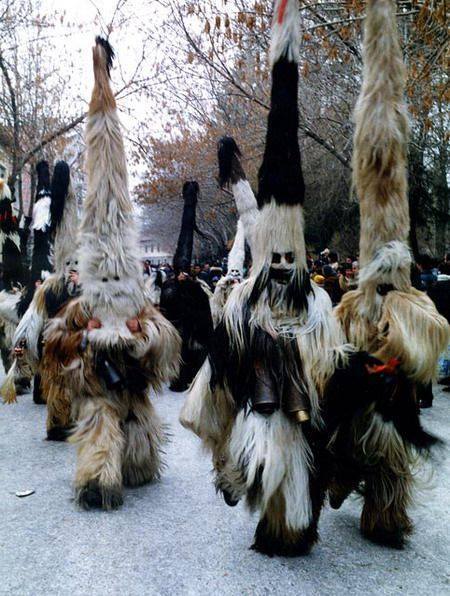
"Slavic Winter rituals - The nuptials of the North Star & Winter Solstice imparted mythological elements to costumes, head dresses and masks. In Bulgaria, the 'kukeri', of prehistoric origin, is a ritual where men appear fierce and often with belts ringing with cow bells and is done to scare away evil spirits. The roles for men were carefully designed to 'protect' and to make fecund the Moist Mother Earth- with honor, respect, and love."
- Danica Anderson, PhD
#Slavic Winter rituals#North Star#Winter Solstice#Bulgaria#kukeri#prehistoric#protection#Moist Mother Earth#honor#respect#love#ancient ways#sacred ways#Ancestors Alive!#What is Remembered Lives#Memory & Spirit of Place#Danica Anderson#customs#traditions#folkways#culture#Europe
82 notes
·
View notes
Photo

A little update on this chart for that old SNK AU I had. It was started a loooong time ago but I figured I might as well add the last two and post. Edit: character info here [link]!
#doodles#snk au#hws ancient egypt#hws portugal#hws spain#hws belgium#hws netherlands#hws luxembourg#hws italy#hws rome#hws england#hws china#hws ukraine#hws turkey#hws france#hws prussia#hws romania#hws bulgaria#hws greece#hws monaco#aph north italy#aph south italy#hws egypt#hws japan#hws germany#hws ancient greece#hws cameroon#hws switzerland#hws liechtenstein#hws hungary
102 notes
·
View notes
Text
Old Town and Roman Ruins in Plovdiv, Bulgaria...
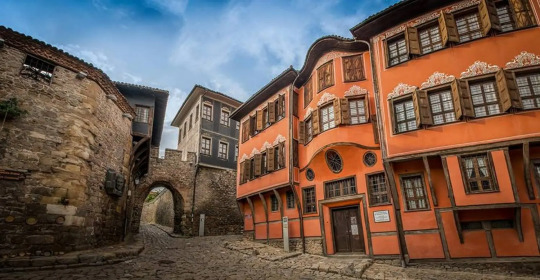
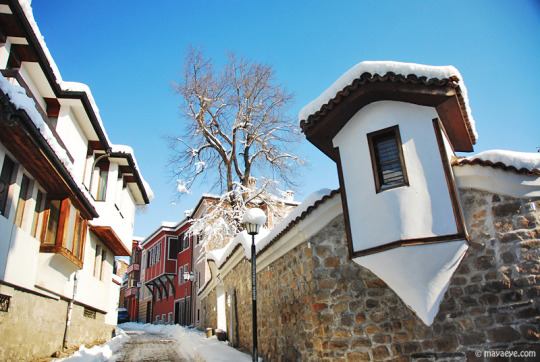
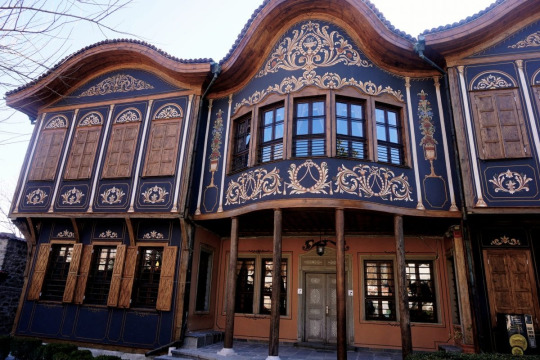
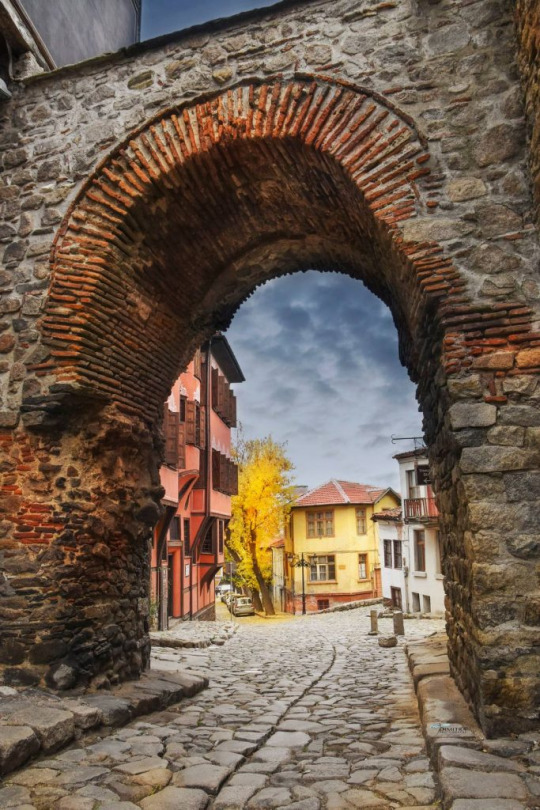

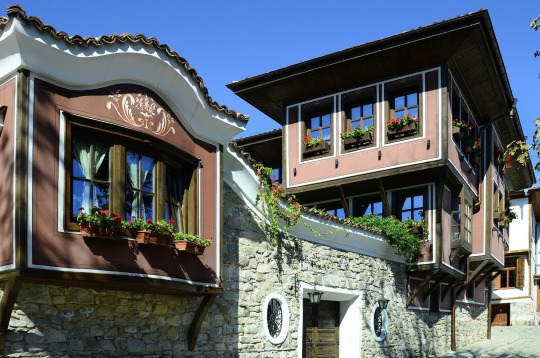


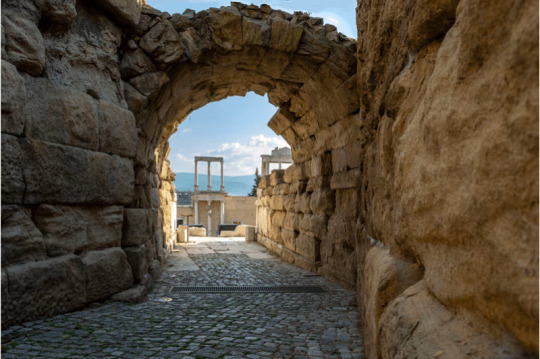
#nature#bulgaria#plovdiv#old town#europe#balkan#roman ruins#architecture#walking tour#slavic#ancient rome#antiquity#ancient history
2 notes
·
View notes
Text
Didn't they find one of these a while ago (maybe a year ago)? Such an ingenious way to solve the problem of needing refrigeration.
38 notes
·
View notes
Text


Bronze Cuirass from Dalboki, Bulgaria dated between 500-401 BCE on display at the Ashmolean Museum in Oxford, England
Bulgaria was once home to the Thracians, a populous northern neighbour to the Greeks and described by Herodatus as tribal, tattooed warriors. On the 12th of April, 1879, during hostilities between Russian supported Bulgaria and the Ottoman Empire led a Russian officer to find the grave of a Thracian Chieftan in Dalboki in central Bulgaria.
Wealthy chiefs enjoyed both locally made metal work as well as imported Greek items such as this cuirass. The armour would have singled the chieftan out on the battlefield as a person of rank.
Photographs taken by myself 2019
#armour#armor#art#fashion#bulgaria#bulgarian#ancient#military history#ashmolean museum#oxford#barbucomedie
6 notes
·
View notes
Photo


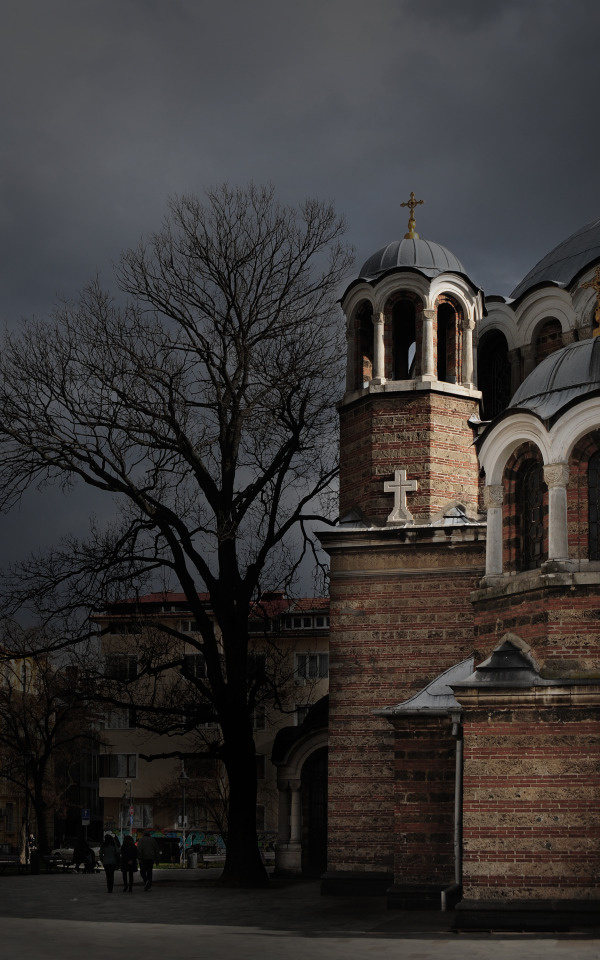

X Dark Moods X
#dark#photography#storm#cityscape#city#urban#old#ancient#historic#travel#photographers on tumblr#fine art#europe#sofia#bulgaria
10 notes
·
View notes
Text
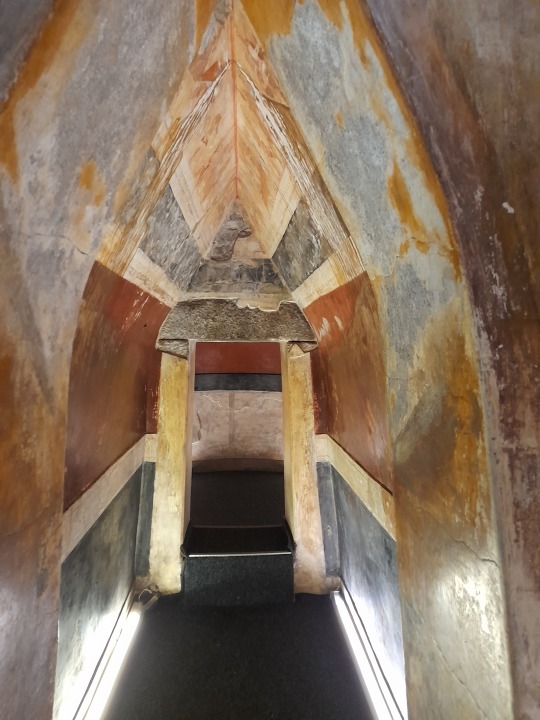





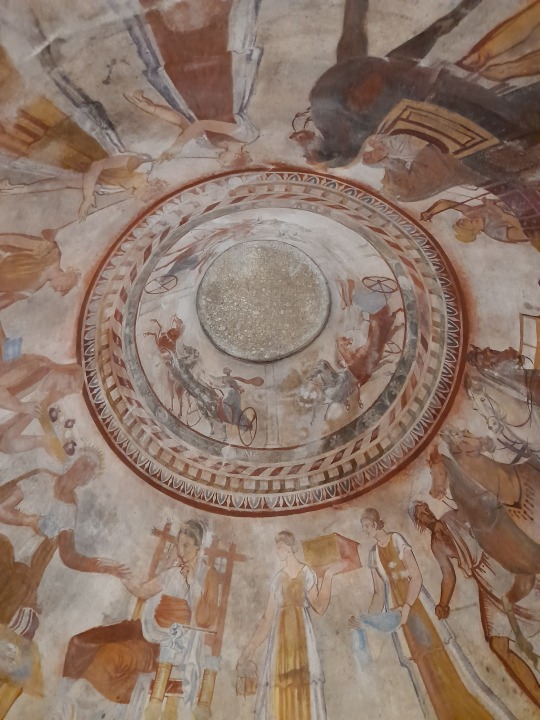
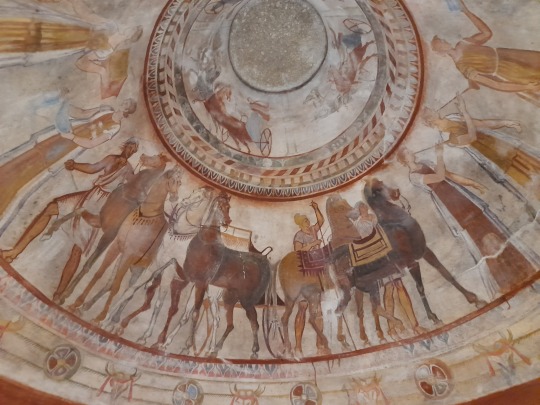

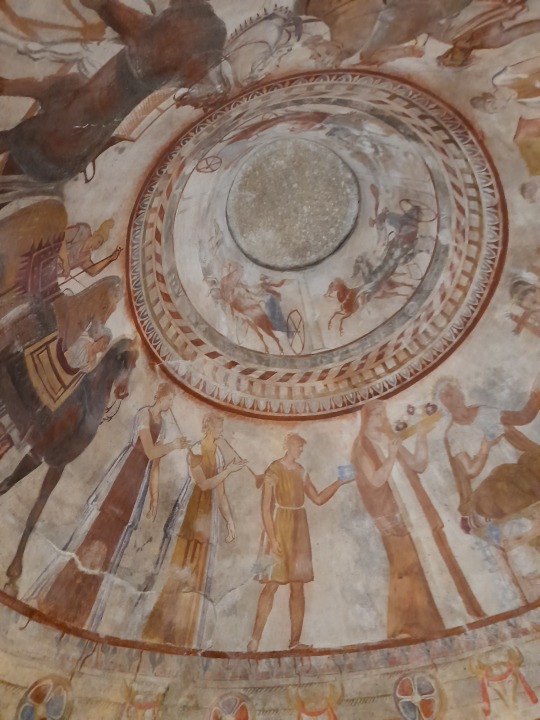
Inside the replica of the Thracian tomb of Kazanlak, Bulgaria.
#thracian#thracian civilization#valley of the thracian rulers#tomb#tholos#fresco#ancient art#Kazanlak#Bulgaria#the balkans
5 notes
·
View notes
Text

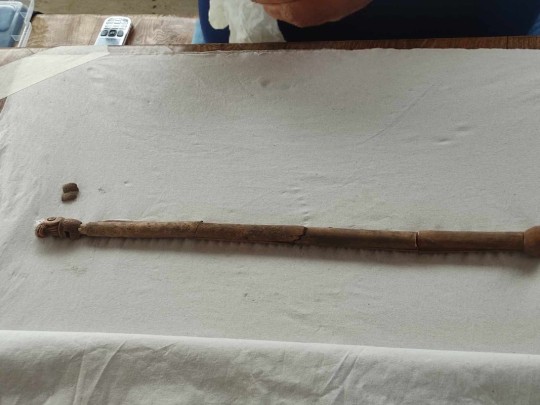
A 5th-Century BC Bone Scepter Discovered in Bulgaria
A unique bone scepter belonging to a Scythian warlord from the 5th century BC was discovered during excavations in the prehistoric salt production and urban center Provadia-Solnitsata in Northeast Bulgaria.
The Scythians were a steppe and semi-steppe people who arrived on the Danube in the seventh century BC. They entered modern-day Bulgaria, but there is no evidence that they fought the locals. There’s information that they had confrontations with the Thracians after the 5th century BC.
The archaeological team is led by Professor Vassil Nikolov. The scepter was found in a grave examined by Violeta Stoitsova and Kalina Samichkova.
Professor Vassil Nikolov told the Bulgarian News Agency (BTA) that Scythian graves are something very rare in today’s Northeastern Bulgaria are extremely rare, just four or five have been discovered so far.
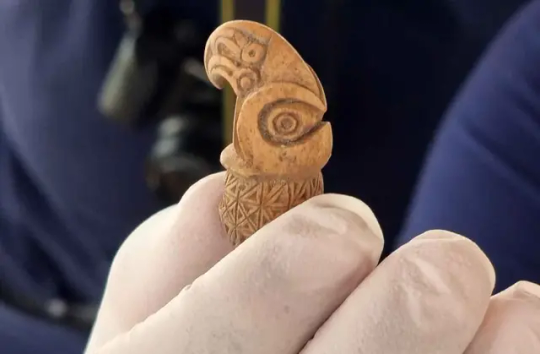
The excavated pit is different from those found so far, Nikolov explained. The shape of the Scythian warrior’s grave resembles a boot, with a hollowed-out part. It was apparently excavated in later times, but people saw the skull and upper part of the man’s skeleton, which are missing today, and stopped immediately, explained Nikolov.
Respect for ancestral graves was very important for the Scythians. Anyone who damaged one of these tombs would have harmed the Scythians. Perhaps the people who dug the grave realized that the person lying there was an important Scythian and left the grave without looting.
Archaeologists have now found the bone scepter, which the researcher described as “an incredible achievement of the art of that time”. Alongside the human bones, they also found those of a horse, an iron knife, a small dog, and a turtle.

The Scythians had exceptional traditions in the art of bone carving. The sceptre is 39 centimetres long. The handle is made of two pieces of bone glued together. The connection between the head and the handle of the scepter is very precisely crafted. Seen from one side it looks like the beak of an eagle, but on the other, the ancient craftsman has carved an anthropomorphic image on which the beak looks like a hat.
The scepter is proof of the skills of their masters, Nikolov noted and added that it probably belonged to a military commander of a small military unit.
“Those found so far are usually cruciform, with an ornithomorphic (A figure in ancient art resembling a bird) upper part. Most often the craftsmen carved an eagle because this bird is part of the Scythian religious-mythological system,” Nikolov said.
By oguz kayra.

#A 5th-Century BC Bone Scepter Discovered in Bulgaria#Provadia-Solnitsata#ancient grave#ancient tomb#ancient artifacts#archeology#archeolgst#history#history news#ancient history#ancient culture#ancient civilizations#ancient art#scythians history
47 notes
·
View notes
Text
In the 1970s, archaeologists in Bulgaria stumbled upon a vast Copper Age necropolis from the 5th millennium BC containing the oldest golden artifacts ever discovered near the modern-day city of Varna.
17 notes
·
View notes